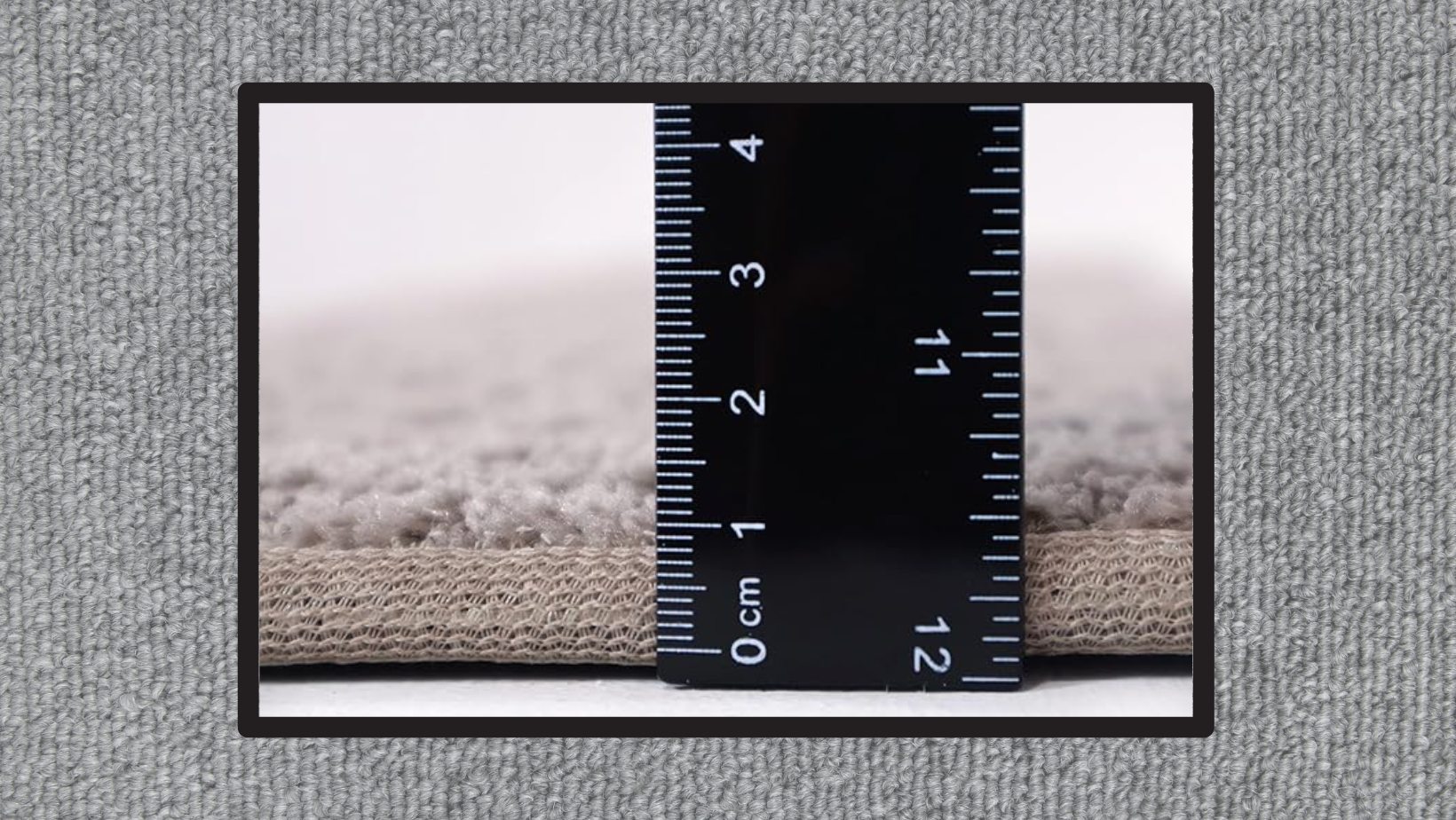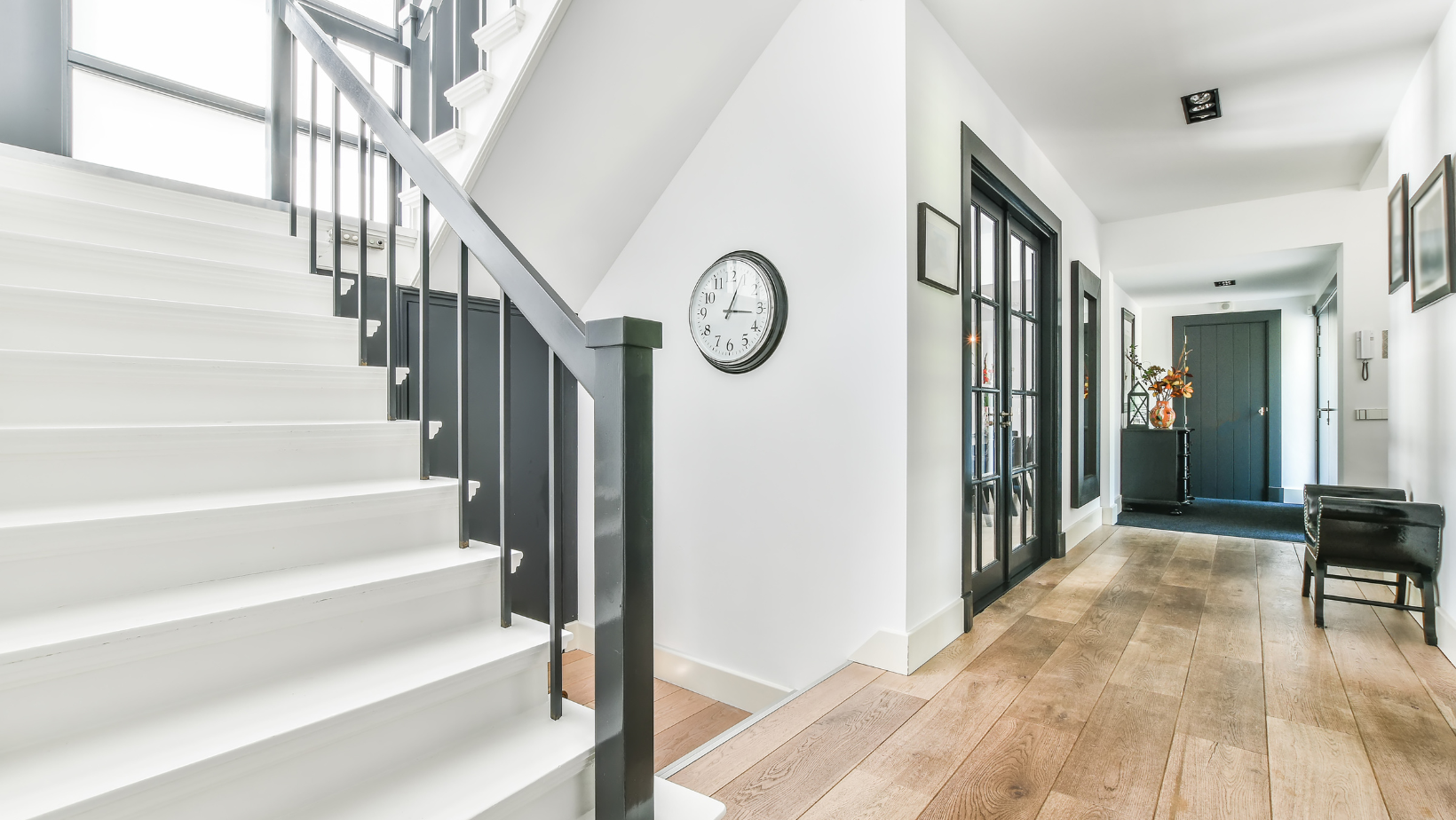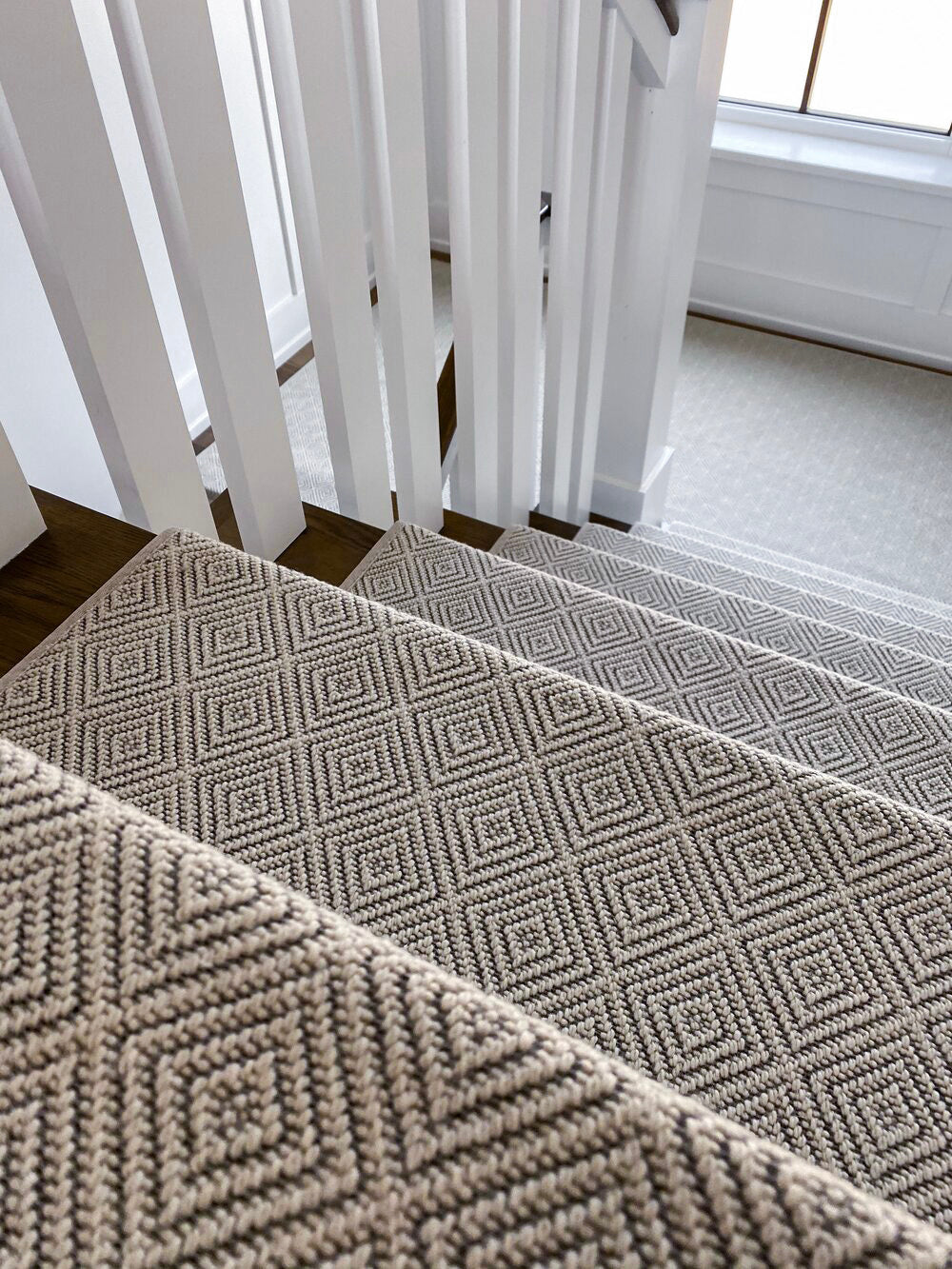Floating stairs are a striking addition to any modern home—but safety must lead the design.
The recommended floating stair tread thickness is at least 1-1/4 inches to support weight and prevent structural failure.
In this guide, you'll learn how to choose the right materials, meet code requirements, and enhance both safety and style.
We’ll also cover how carpet stair treads can improve traction and reduce slips without compromising the look of your floating staircase.
From installation tips to material breakdowns, everything you need to build or upgrade your stairs with confidence is here.
Let’s dive in.
Why Tread Thickness Matters for Safety
Stair-related accidents are one of the most common causes of injury in homes.
According to the National Safety Council, falls are the second leading cause of unintentional injury-related deaths in the United States.
Over one million stair-related injuries occur every year.
Thin or improperly supported treads can snap, shift, or detach.
That’s why the stair tread must be securely fastened using the correct hardware—typically metal brackets or heavy-duty screws rated for your material.
Always match the fastener to the wood species for long-term hold.
Floating stairs also require a consistent and code-compliant riser height.
Although they don’t use traditional risers, the spacing between treads functions as one.
That spacing should not exceed 7-3/4 inches, and must remain consistent throughout the entire staircase to prevent tripping hazards.
Another essential element is the handrail.
Even though floating stairs appear minimal, they still need safety support.
Handrails must be securely mounted to either the wall or stringers and shaped to allow a comfortable, reliable grip.
This gives the user additional support—especially helpful during transitions or if balance is momentarily lost.
The Role of Materials in Stair Tread Thickness
Floating stair systems demand more from the materials used.
Because the treads often lack full-length support on either side, the strength and density of the wood—or other chosen material—become essential.
Hardwoods like red oak, white oak, hickory, and maple are ideal choices.
These species are dense, stable, and resistant to cracking or warping.
Using a softer wood may allow you to meet a minimum stair tread thickness on paper, but it won’t necessarily perform under real-world stress.
In most residential builds, hardwood stair treads between 1-1/4 inches and 2 inches thick provide both safety and style.
This range gives you the strength needed without making the stairs feel heavy or visually bulky.
Structural Engineering of Floating Stair Treads
Floating staircases rely on hidden strength.
Unlike traditional stairs, which disperse weight through stringers or walls, floating stairs concentrate the load on a central support beam or wall brackets.
This is why stair treads must be precisely engineered and properly installed.
The tread acts like a small cantilever—meaning it projects outward without full support underneath.
This requires not just thicker treads, but a thoughtful approach to how they're anchored.
Most builders use steel reinforcement, tension rods, or embedded brackets to create the floating illusion without sacrificing safety.
And if you’re wondering what is a good thickness for stair treads in high-traffic areas like entryways or open-concept living spaces, 1-3/4 inches is considered optimal.
At this thickness, the stair feels sturdy underfoot and is strong enough to support daily use, even when installed in a cantilevered design.
Matching Style With Structure
Choosing the right thickness is not only about safety—it’s also about achieving the look you want. Staircases are often visual focal points.
A tread that’s too thin will feel flimsy and cheap.
A tread that’s too thick can overwhelm the rest of the room.
Floating stair treads between 1-1/4 inches and 1-3/4 inches strike the right balance.
They appear slim and modern while maintaining that clean, architectural line.
When paired with open risers, this creates the visual illusion of stairs “floating” in space.
The finishing treatment also impacts the perceived thickness.
A tread with a rounded or beveled edge may appear lighter and more graceful, even if it’s thicker.
Square edges can make the tread look bolder, which works well in modern industrial interiors.
Incorporating Carpet Stair Treads for Comfort and Safety
Many homeowners assume floating stairs have to be all wood to maintain a modern look.
But carpet stair treads are a smart, stylish way to bring warmth and function to your staircase—without compromising the floating aesthetic.
Oak Valley Designs specializes in peel-and-stick carpet stair treads that work with most wood stairs, including floating systems.
Each tread has sewn-in padding and a non-slip backing, offering extra traction with minimal effort.
Installation takes just minutes.
There's no need for nails or carpet tape.
Simply peel, position, and press.
These treads protect the wood underneath while also absorbing impact and reducing footstep noise.
They’re available in premium materials like wool, nylon, and PET, with dozens of colors and patterns to choose from.
Whether your home leans modern farmhouse or minimalist loft, there’s an option that fits.
Code Compliance and Floating Stair Installations
Building codes exist for a reason, and floating stairs are no exception.
While local requirements may vary, many follow the International Residential Code (IRC) for stair tread guidelines.
Here are a few standard considerations:
-
The minimum stair tread thickness for wood stairs is 1-1/4 inches. This assumes the material is hardwood and properly supported.
-
Tread depth must be at least 10 inches from front to back.
-
The vertical spacing between treads (the riser gap) cannot exceed 7-3/4 inches.
-
Open risers must not allow a 4-inch sphere to pass through, to prevent falls—especially for children.
These guidelines are non-negotiable when it comes to safety and insurance compliance.
Floating stairs offer flexibility in design, but they still need to meet the baseline for secure footing.
Cost Considerations When Choosing Stair Tread Thickness
Thickness impacts not only safety but also cost.
Thicker treads require more material, which adds to the budget. Hardwood species also vary widely in price.
A 1-1/4-inch red oak tread is affordable and common.
Increasing to 1-3/4 inches in a premium species like walnut or white oak can raise the cost significantly.
Add in reinforcement hardware and professional installation, and you’ll want to budget wisely.
The good news?
Investing in the right tread thickness from the start avoids costly repairs or replacements down the line.
Thin treads that bow or crack can’t be patched— they must be removed and rebuilt.
If you're trying to decide what is a good thickness for stair treads in your space, consider how many people use the stairs, whether pets or kids will be climbing them, and what kind of visual weight fits your home's interior.
Floating Stairs and Long-Term Durability
When built correctly, floating stairs are as durable as traditional systems.
But that durability starts with quality materials and the right tread thickness.
Treads that are too thin may sag over time, especially if exposed to high humidity or temperature changes.
Look for kiln-dried lumber rated for interior use, and confirm that all fasteners are corrosion-resistant.
Also, avoid excessive overhang. Some floating tread designs allow for a 2- to 3-inch overhang on the front edge.
While this can look sharp, too much overhang puts added pressure on the mounting points.
Keeping the tread thickness above the minimum and following all hardware specifications will ensure your staircase remains stable and beautiful for years.
When to Upgrade or Reinforce Existing Floating Stairs
If you’ve inherited a home with floating stairs or are buying a property mid-renovation, check tread specs before moving forward.
Warning signs that your floating stair tread thickness may be inadequate include:
-
Visible bending or flexing under weight
-
Hairline cracks in the wood
-
Squeaking or shifting when stepped on
-
Fasteners pulling away from the wall or beam
Upgrading to thicker treads may require reconfiguring the hardware or supports.
But in many cases, retrofitting with new treads—paired with high-quality carpet stair treads for traction—can solve the problem.
Steps To Success
Floating staircases offer modern style, but they demand precision during installation.
Tread thickness is a key part of that. Too thin, and you risk failure.
Too thick, and the stair can look bulky and off balance.
At 1-1/4 inches or more, you hit the sweet spot for both performance and appearance.
Adding carpet stair treads is a smart, simple way to make your stairs even safer—and Oak Valley Designs makes that process easy.
All our treads are built with safety, beauty, and ease of use in mind.
If you’re unsure whether our stair treads will work for your floating stair design, contact us.
We’ll help you find the ideal solution to keep your home safe and beautiful.
Contact Us Today!
-
Website: https://oakvalleydesigns.com/
-
Phone: 706.331.0315
-
Email: info@oakvalleydesigns.com
-
Address: 30 River Ct SW Bldg E Cartersville, Ga 30120




